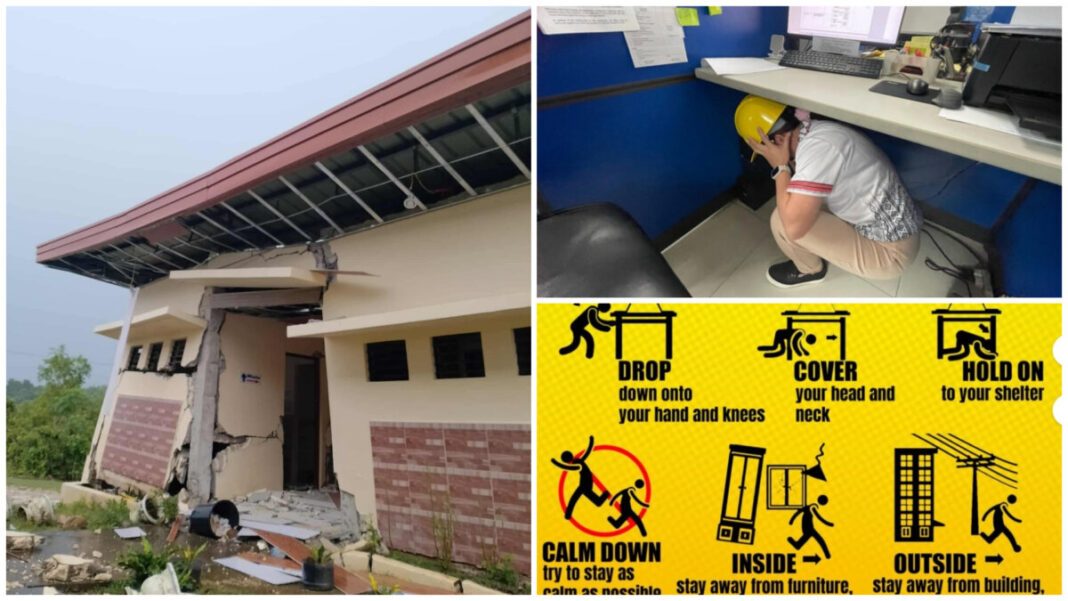
On September 30, 2025, a magnitude 6.9 earthquake struck northern Cebu. Amid the devastation, the question arose, is the standard safety drill of duck, cover, and hold sufficient?
The Safety Drill
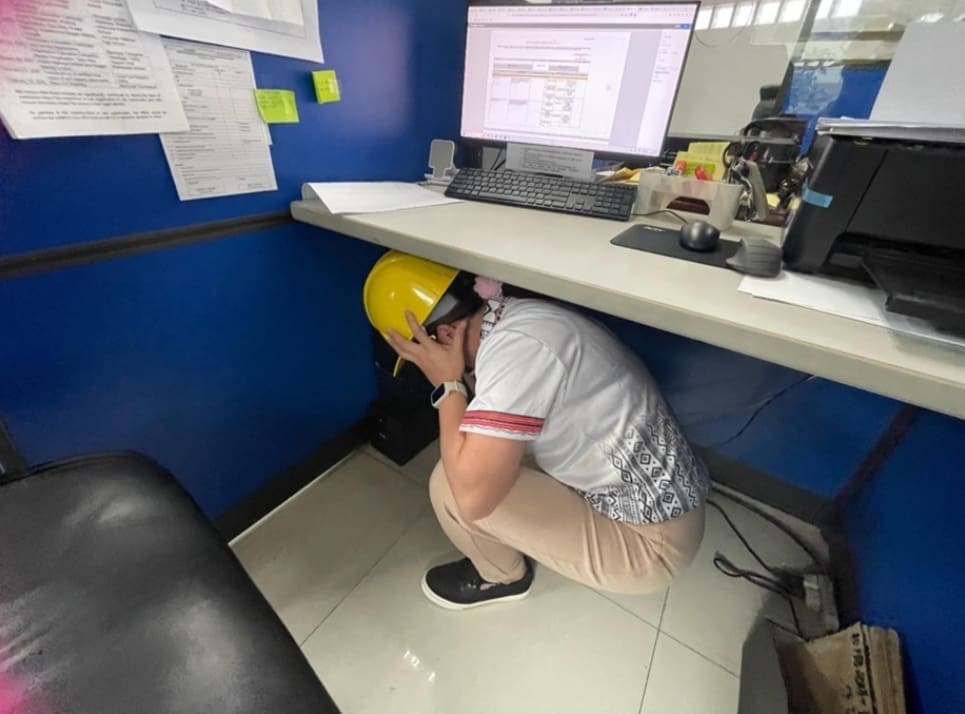
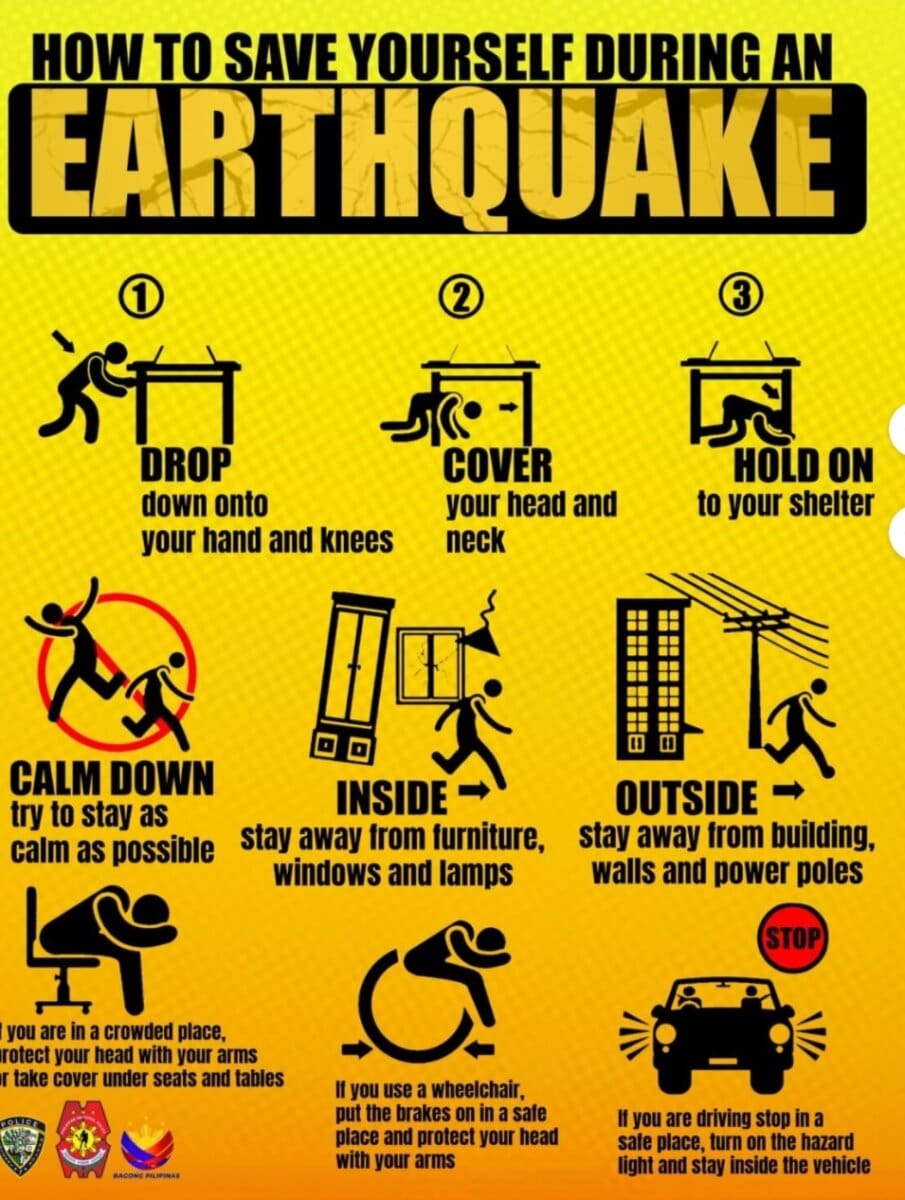
Duck, cover, and hold teaches people to drop, shield themselves under furniture, and hold on until shaking stops. It protects against falling objects and broken glass, which are the main causes of injury during earthquakes. For many, this reflex can make the difference between minor injury and serious harm.
Its Limits
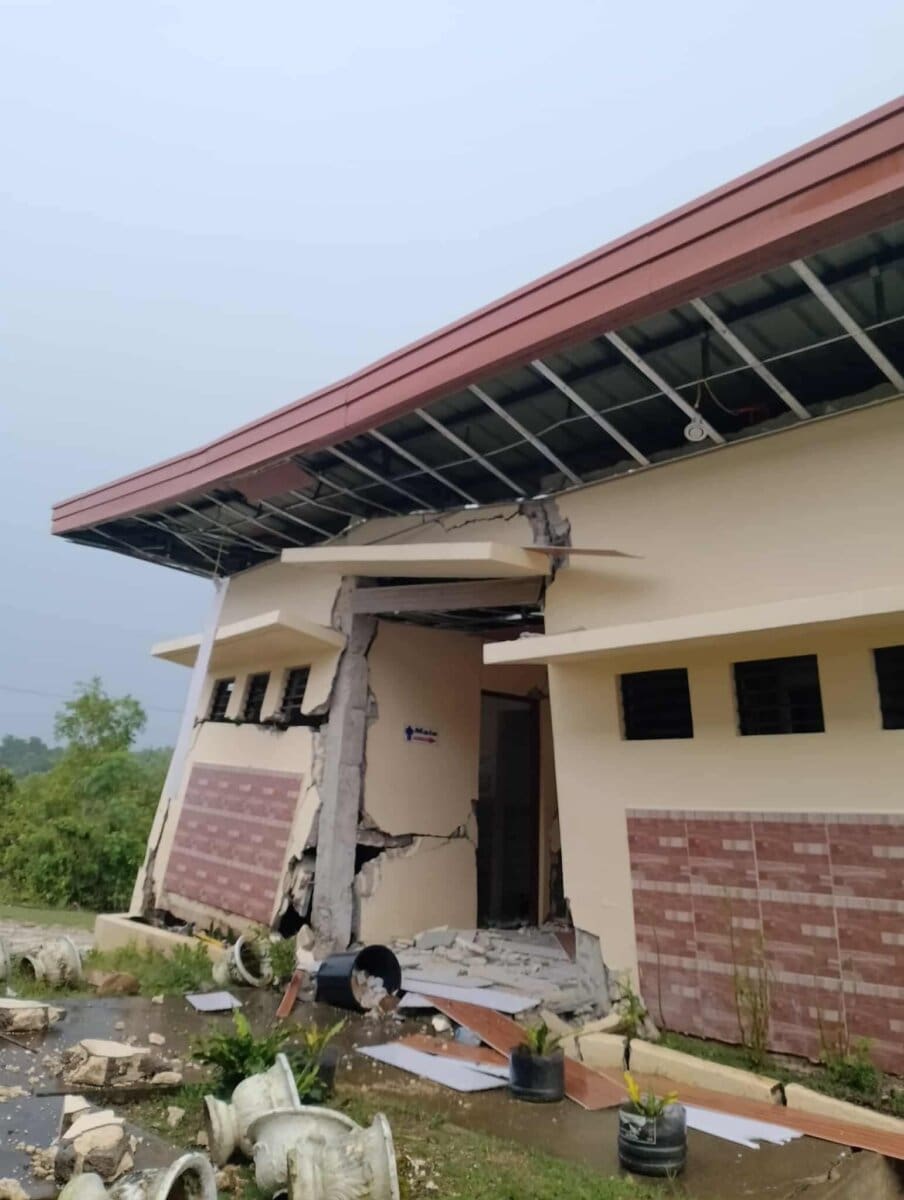
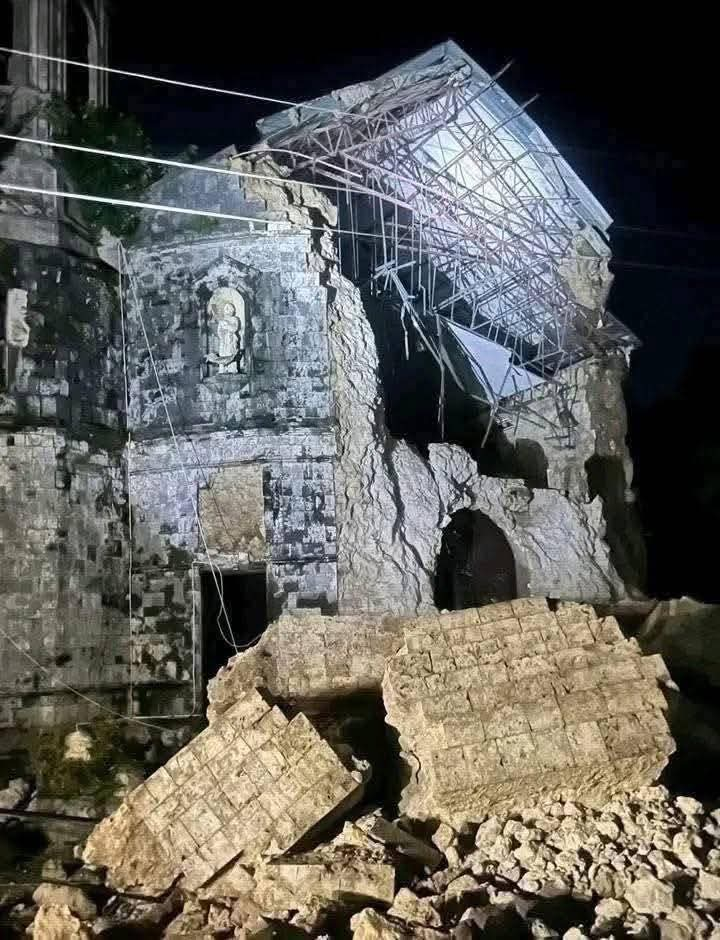
The Cebu quake showed the drill has limits. In collapsing buildings, no posture alone can guarantee safety. Some alternative strategies, like lying beside heavy objects, exist but remain controversial. The effectiveness of any method depends on building quality and the intensity of the quake.
Lessons From Cebu
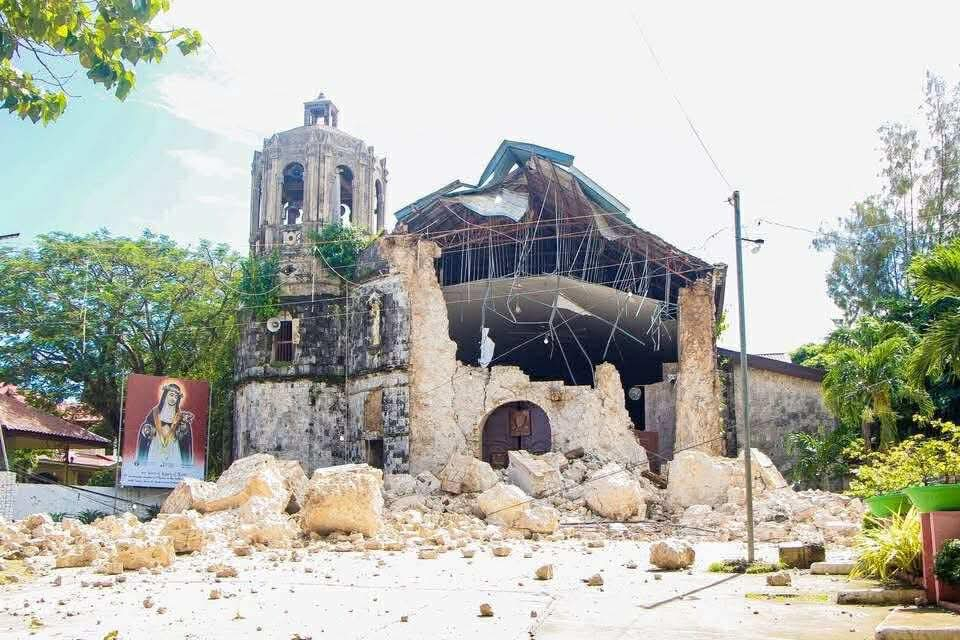
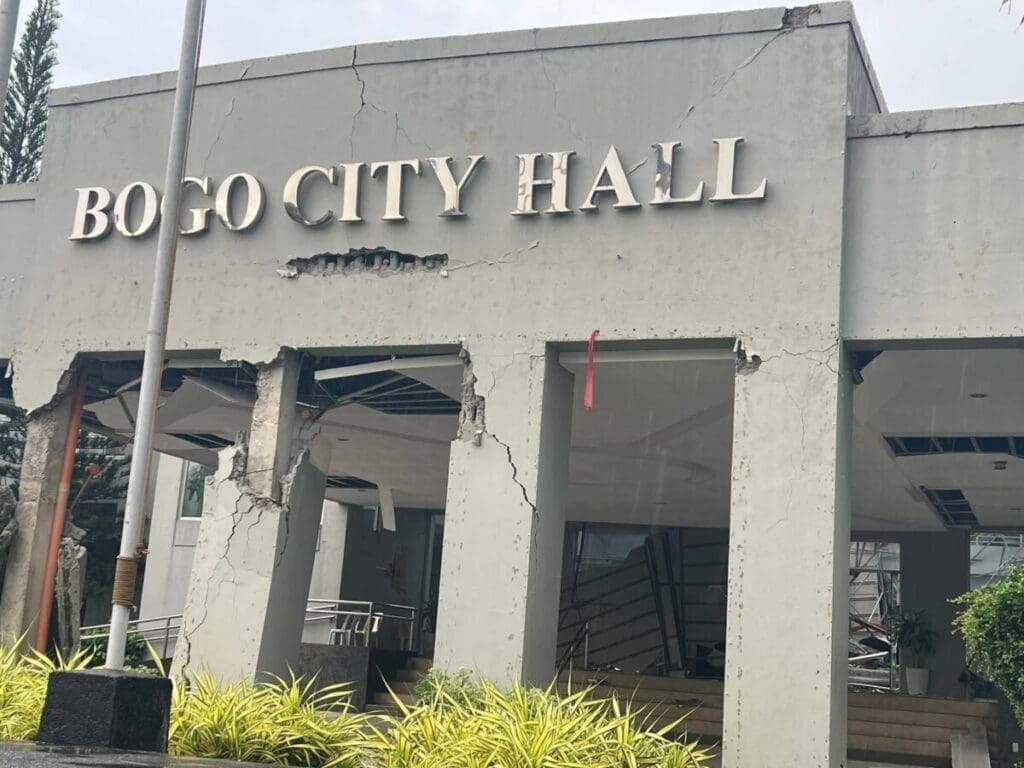
The disaster highlighted the need for more than quick reactions. Structural integrity, community drills, and emergency readiness are equally critical. Poorly built homes and old churches collapsed despite people following safety procedures. Preparedness must include both personal actions and environmental resilience.
Moving Forward
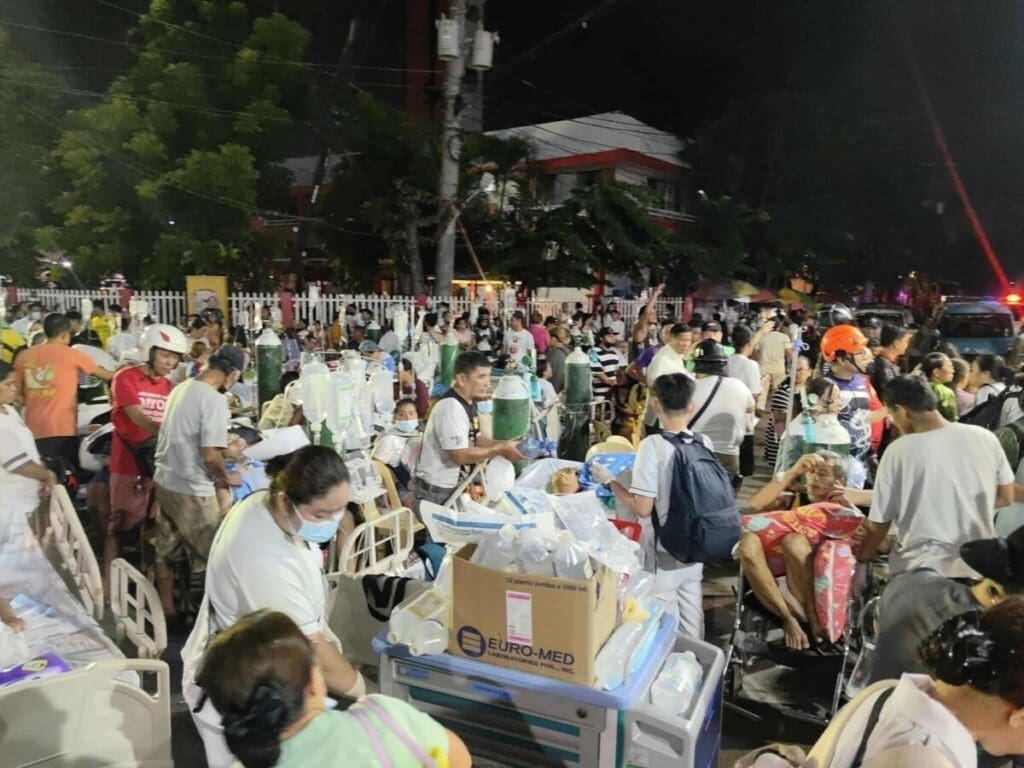
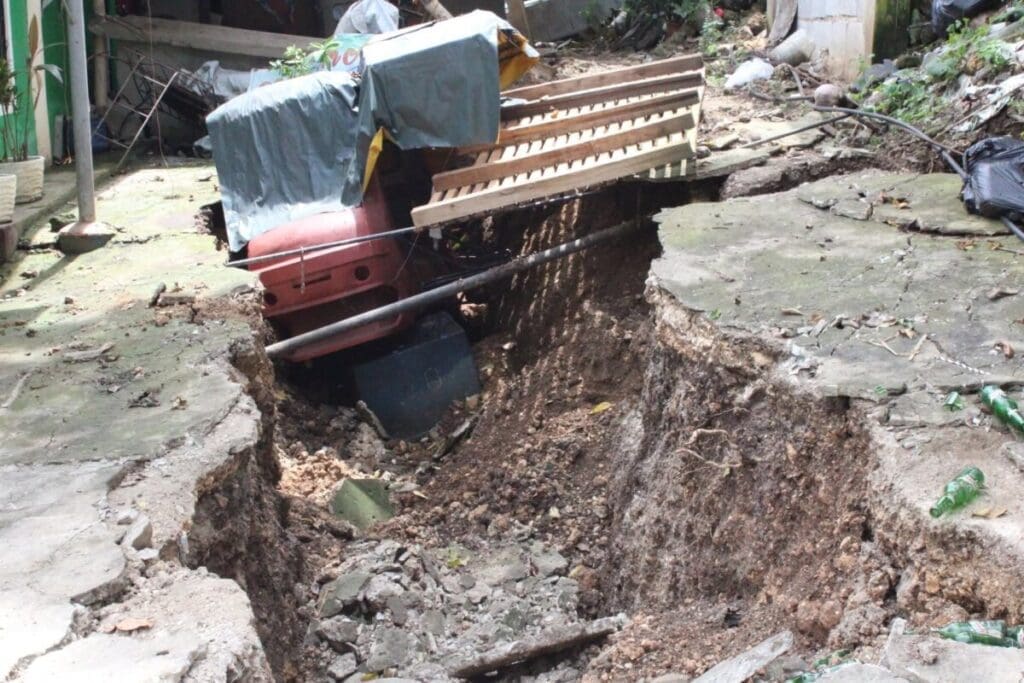
Duck, cover, and hold remains essential but is not enough by itself. True safety requires reinforced buildings, public awareness, and a good emergency system. When the next quake hits, survival will depend on instincts and the strength of the world around us.

